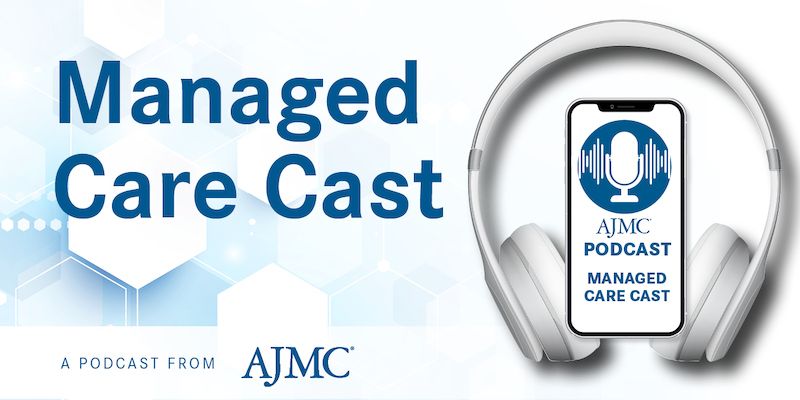Article
The PBM Has No Clothes: A (Public Sector) Proposal Is More Transparent Than You Think
In a presentation entitled The PBM Has No Clothes: A (Public Sector) Proposal Is More Transparent Than You Think, Steffanie Mathewson, Esq, principal, Mathewson Research, described how the Freedom of Information Act (FOIA) and state sunshine laws make it easier for stakeholders to view and understand the strategic direction of major PBMs.
In a presentation entitled “The PBM Has No Clothes: A (Public Sector) Proposal Is More Transparent Than You Think,” Steffanie Mathewson, Esq, principal, Mathewson Research, described how the Freedom of Information Act (FOIA) and state sunshine laws make it easier for stakeholders to view and understand the “strategic direction” of major PBMs. Her findings also report that 60% of RFP requests are for commercial purposes.
The FOIA (Title 5 of the United States Code, Section 552) provides any person the right to request and receive access to non-confidential records/documents maintained by federal agencies or local governments. It also includes groups such as Medicare contractors and, growingly, PBMs. Similarly, the Sunshine Act promotes transparency and access by requiring manufacturers of drugs,
medical devices, and biologicals that participate in US federal healthcare programs like Medicare or Medicaid to report certain payments and items of value given to physicians and/or other entities such as teaching hospitals.
Mathewson says some PBMs’ RFPs show the growing cost and spending in specialty drugs. There is a trend transparency, and the FOIA provides a good way to obtain proprietary info from PBMs—this includes metrics, advertising, processes, plans for products, and the list goes on. “It’s a major driver in spending,” she said. “It’s just really important to monitor and see what’s happening. The implication will have reverberating effects.”
Mathewson says, based on the teachings of Michael Porter, the essence of competition is simple and evident in pharmaceutical manufacturers , PBMs, and specialty pharmacy. “The basic point is, information is power and data is power,” Mathewson says. “Transparency is about sharing power, shifting power from 1 site of control.”
It’s not just government entities that are held to the laws; in fact, there are several nonprofit groups that also must release their information. It depends on each state’s rules regarding who has to comply with the laws. She adds that “It’s one of the best windows or ways to legally obtain price-containing data of PBMs and PBM competitors—it’s powerful [and] cost-effective.”

The Importance of Examining and Preventing Atrial Fibrillation




